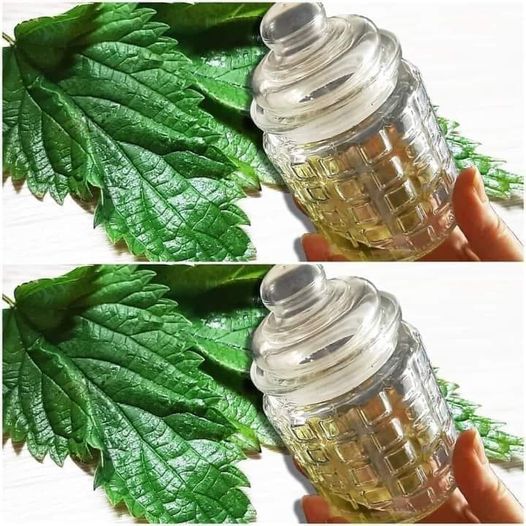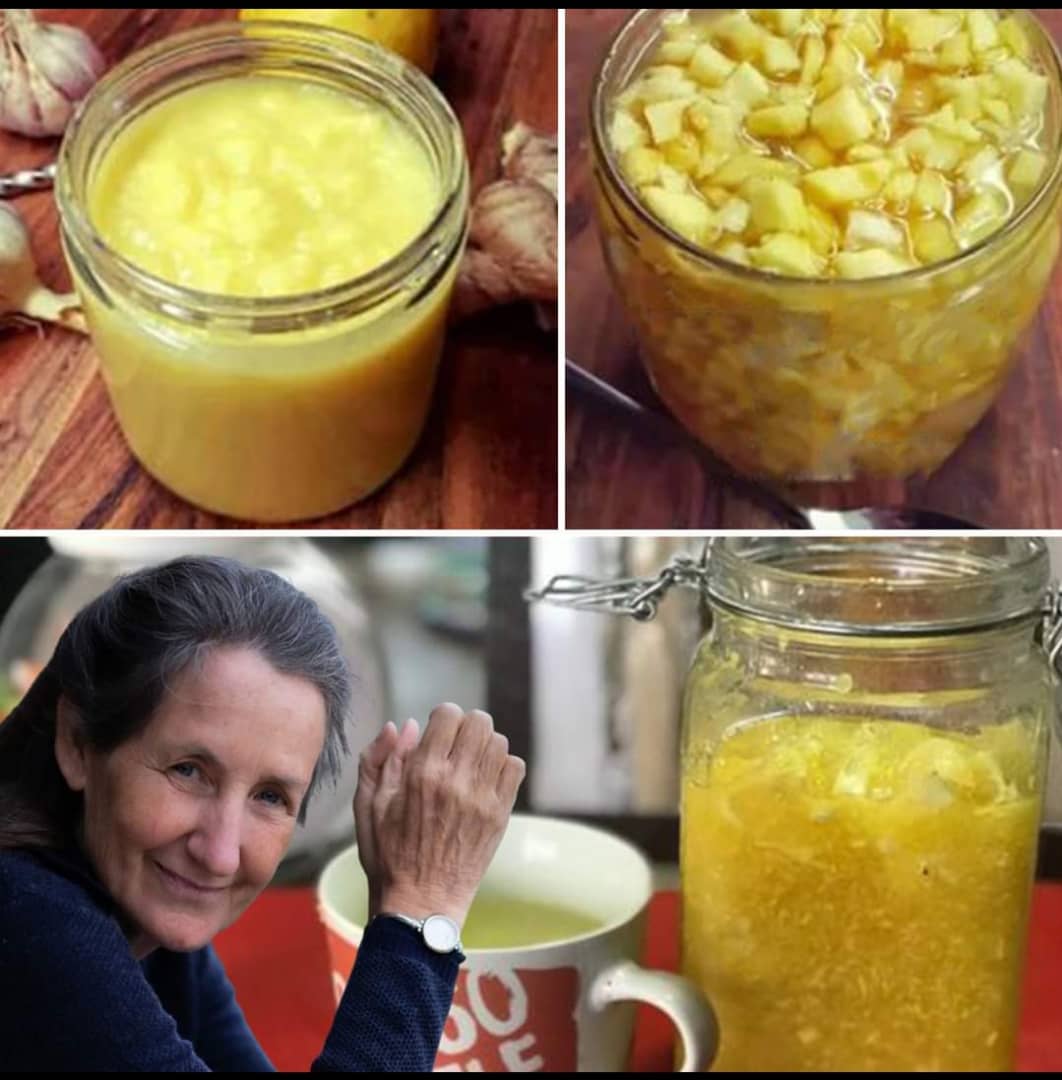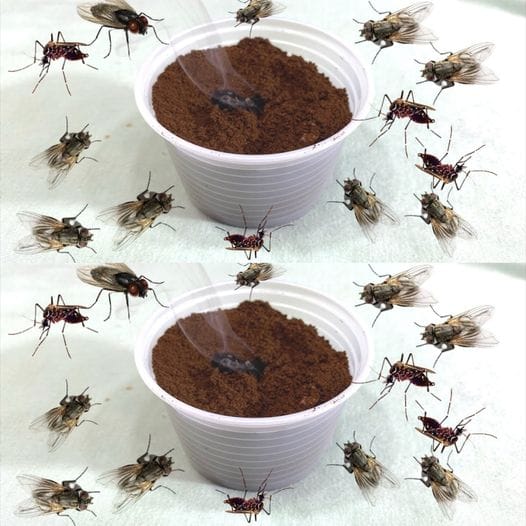Nettle, a humble plant often found growing in the wild, has long been treasured for its remarkable healing properties. Packed with vitamins, minerals, and anti-inflammatory compounds, nettle is an excellent natural option for those seeking relief from pain and inflammation. Traditionally used in herbal remedies, nettle is now gaining recognition as a powerful alternative therapy for conditions like arthritis, osteoarthritis, and rheumatism. One of the most popular ways to harness its benefits is through nettle oil, a potent infused oil that can be massaged directly onto areas experiencing discomfort. This guide will walk you through the process of making nettle oil and how to use it to alleviate pain naturally.
Benefits of Nettle for Pain Relief
Nettle (Urtica dioica) has long been used as a natural remedy, with historical records showing it was valued by various cultures, from ancient Egyptians to traditional Chinese healers, for its therapeutic properties. Here’s a breakdown of what makes nettle so beneficial for pain relief:
- Rich in Nutrients: Nettle is loaded with essential vitamins, including A, C, K, and B vitamins. It also contains minerals like iron, magnesium, calcium, and potassium, which are crucial for bone health and muscle function.
- Anti-Inflammatory Compounds: Nettle contains active compounds like flavonoids, carotenoids, and plant sterols that have potent anti-inflammatory effects. These compounds work by reducing inflammation in the body, easing pain, and promoting healing.
- Pain-Relieving Properties: Studies have shown that nettle can act as a natural analgesic, helping to relieve pain by blocking pain signals to the brain. This is particularly beneficial for people with chronic pain conditions, such as arthritis and rheumatism.
Making your own nettle oil is simple, affordable, and allows you to tap into these powerful benefits in the comfort of your home.
How to Make Nettle Oil
Step 1: Harvesting Nettle
To start, you’ll need to gather fresh nettle leaves. Here are some important guidelines to follow during harvesting:
- Location: Find a clean, pesticide-free area where nettle grows abundantly. Look for spots away from heavy traffic and pollution, such as meadows, forests, or your own organic garden if you have nettle growing there.
- Timing: The best time to harvest nettle is during spring or early summer when the plant is vibrant and full of nutrients.
- Protection: Wear gloves and long sleeves to protect yourself from the stinging hairs on nettle leaves. These tiny hairs contain irritating compounds that can cause itching and discomfort upon contact with skin.
Once you’ve gathered enough leaves, rinse them thoroughly to remove any dirt or bugs, then pat them dry with a clean towel.
Step 2: Infusing the Oil
Once you have fresh, clean nettle leaves, it’s time to infuse them into a carrier oil. Here’s what you’ll need:
Ingredients and Supplies:
- Fresh nettle leaves (enough to fill a glass jar)
- Carrier oil of your choice (olive oil and coconut oil are excellent options)
- A clean glass jar with a lid
Instructions:
- Place the Nettle in a Jar: Add the freshly harvested nettle leaves to a clean glass jar. Make sure the jar is free from any contaminants to prevent mold growth during the infusion process.
- Add the Carrier Oil: Pour the carrier oil over the nettle leaves, ensuring they are completely submerged. This prevents any mold from forming by keeping the plant material beneath the oil’s surface.
- Seal the Jar: Tightly seal the jar with a lid, ensuring that it’s secure and airtight. This will help maintain the quality of the infusion and prevent air exposure.
Step 3: Steeping Process
Now that your nettle leaves are submerged in the oil, it’s time to let nature work its magic.
Steeping Method:
- Warm and Sunny Spot: Place the sealed jar in a warm, sunny location, like a windowsill, where it will receive indirect sunlight. The warmth encourages the infusion, helping the nettle release its beneficial compounds into the oil.
- Duration: Allow the jar to steep for about 4-6 weeks. During this period, shake the jar gently every few days to promote even infusion. This helps release additional compounds from the leaves and keeps the infusion process active.
- Monitor for Quality: Keep an eye on the oil to ensure no mold or unpleasant smells develop. If you notice anything unusual, discard the batch and start over with clean materials.
Step 4: Straining and Storing
Once your oil has had time to infuse, it’s ready for the final steps:
- Strain the Oil: Use a fine mesh sieve or a piece of cheesecloth to strain the oil, removing the nettle leaves. Press the leaves gently to extract as much oil as possible, but avoid squeezing too hard, as this may introduce plant particles that can reduce the oil’s shelf life.
- Transfer to a Dark Glass Bottle: Pour the strained oil into a clean, dark-colored glass bottle. Dark glass helps protect the oil from light, which can degrade its potency over time.
- Storage: Store your nettle oil in a cool, dark place. When stored properly, nettle oil can last up to 1 year.
Using Nettle Oil for Pain Relief
With your nettle oil ready, you can now begin using it for pain relief. Here are some tips for getting the most out of this natural remedy:
- Application: Apply a small amount of nettle oil to the area experiencing pain or discomfort. This might include joints, muscles, or any inflamed areas.
- Massage: Gently massage the oil into the skin, using circular motions to promote blood circulation and encourage absorption. Massaging also helps relax muscles and ease tension.
- Frequency: You can use nettle oil as needed, depending on the severity of the pain. For chronic pain conditions, apply daily or as part of your regular pain management routine.
- Combining with Essential Oils: For enhanced effects, consider adding a few drops of soothing essential oils, such as lavender or peppermint. Lavender is known for its calming properties, while peppermint provides a cooling sensation that can further alleviate pain.
Embrace Natural Relief with Nettle Oil
Nettle oil is a remarkable addition to any natural remedy toolkit, especially for those dealing with chronic pain, arthritis, or joint stiffness. Its anti-inflammatory and analgesic properties make it a gentle yet effective solution for various types of discomfort. Whether you use it on its own or blend it with other oils, nettle oil offers a soothing and holistic approach to pain relief.
By making your own nettle oil, you’ll not only have a potent remedy at hand but also a connection to the earth and its natural healing resources. So, gather your supplies, embrace the therapeutic process, and let nettle oil bring comfort and relief into your life.



